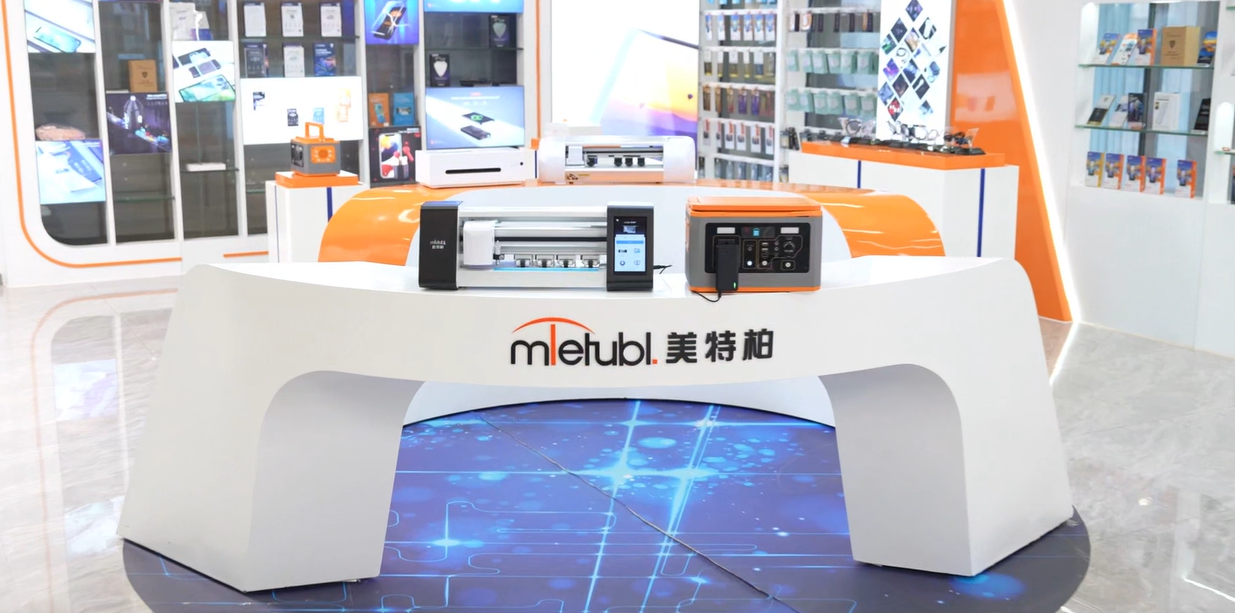
MIETUBL Brand Overview
MIETUBL is a brand originating from China and thriving through China’s intelligent manufacturing. It is committed to providing high-quality mobile accessories and related products to global consumers. Since its inception in 1998, the brand has followed the trends of the times, focusing on resource integration and building a symbiotic and shared industry ecosystem, enabling global consumers to conveniently access quality products that enhance their lives.
By continuously innovating and diversifying its product offerings, MIETUBL has achieved significant success in the mobile accessory industry. As a brand driven by customer value and innovation, MIETUBL has expanded into various product applications while accumulating rich industry experience and establishing a stable customer base. Headquartered in Zengcheng, Guangzhou, the company has strategically positioned itself within the mobile accessory industry, integrating high-quality production resources and aiming for a win-win business model.
Core Values and Development Vision:
-
Customer-Centric: MIETUBL always prioritizes customer needs, continually enhancing product quality and consumer experience through innovation and technological research and development.
-
Resource Integration and Industry Symbiosis: By integrating industry resources, MIETUBL creates a symbiotic, shared industry ecosystem, connecting global distributors and consumers, and promoting mutual growth across the value chain.
-
Global Vision: MIETUBL is committed to bringing Chinese manufacturing to the world, providing global consumers with high-quality, innovative mobile accessories, while offering profitable opportunities for distributors.
MIETUBL’s long-term vision is to continually enhance its products through innovation and quality, establishing “MIETUBL” as a globally trusted brand, recognized in markets around the world.
PRODUCTS
What Happens When Tempered Glass Is Exposed to Extreme Conditions?
Extreme Temperatures
Tempered glass, despite its strength, isn't impervious to the effects of extreme temperatures. While it can withstand significant temperature variations during normal use, prolonged exposure to high or low extremes can lead to stress fractures and ultimately, failure. High temperatures, especially those sustained over time, can cause the glass to slowly lose its temper. This process, known as annealing, reverses the heat treatment, reducing its strength and making it more susceptible to breakage. Think of a car left in direct sunlight for hours on a scorching summer day; the intense heat could gradually weaken the tempered glass in the windows.
Conversely, extreme cold can also pose a risk. While tempered glass typically doesn't shatter directly from the cold, the rapid temperature changes – for instance, transitioning from a freezing environment to a heated interior – can introduce stress on the glass structure. This thermal shock, combined with pre-existing microscopic flaws, might lead to cracks or spontaneous fracture, particularly if the glass is already under strain from other factors.
Impact and Stress
The renowned strength of tempered glass is evident in its ability to withstand significant impacts. However, even tempered glass has a breaking point. While it generally shatters into small, relatively harmless fragments upon failure, rather than sharp shards, the force of a sufficiently powerful impact can still cause catastrophic breakage. The size and nature of the impact, along with the inherent flaws within the glass itself, will influence the outcome. A small, localized impact might only cause a minor chip, while a larger or more forceful strike could lead to complete shattering.
Beyond direct impacts, sustained stress on the tempered glass can also weaken its structure over time. This might occur in situations involving constant pressure or vibration, potentially leading to gradual degradation and eventual failure. For instance, tempered glass in a constantly vibrating industrial setting or a frequently slammed door could succumb to stress-related fractures.
Chemical Exposure
Chemical exposure can also compromise the integrity of tempered glass. While it's relatively resistant to most common chemicals, prolonged or intense exposure to certain substances, particularly strong acids or alkalis, can cause etching or corrosion. This weakens the glass surface, making it more prone to cracking or failure under stress. The specific chemical, concentration, and duration of exposure significantly influence the extent of the damage. Certain cleaning agents, if improperly used or left on the surface for extended periods, could potentially contribute to gradual surface degradation.
Furthermore, some chemicals can react with the glass composition itself, causing microscopic changes that affect its structural integrity. This might not be immediately apparent but could gradually weaken the glass and make it more vulnerable to breakage under normal stress levels. Therefore, understanding the potential impacts of various chemical exposures is critical in the selection and maintenance of tempered glass in specific environments.
In conclusion, while tempered glass offers superior strength and safety compared to annealed glass, its performance under extreme conditions is far from unlimited. Understanding the effects of extreme temperatures, impacts, and chemical exposure is vital for choosing the appropriate glass type for a particular application and ensuring its safe and reliable performance over its intended lifespan. Careful consideration of these factors allows engineers and designers to maximize the benefits of tempered glass while mitigating potential risks.
SUBSCRIBE
INQUIRY